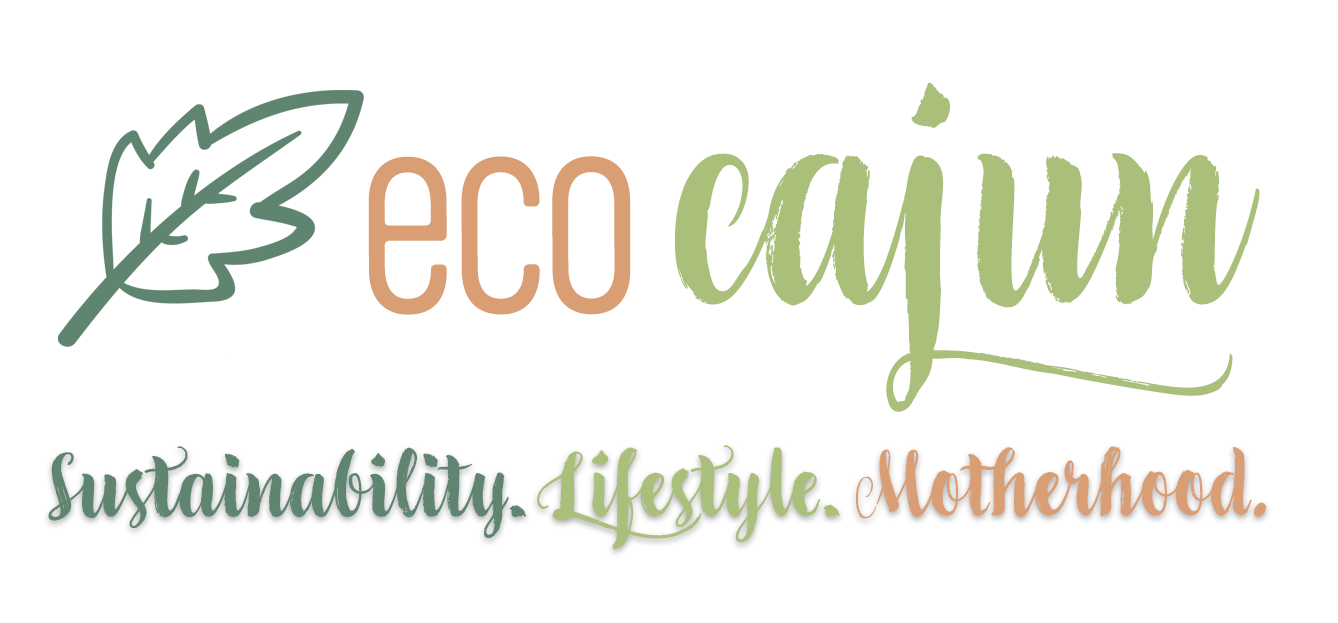I'm a little excited, y'all. This is my first eco cajun interview! I hope to do more in the future with other local companies about their green efforts and innovations.
I talked to the Director of Sustainability for Lamar, a major regional outdoor company about their new efforts on installing solar panels on their billboard structures. I'd noticed over the past few months that the panels were being installed, and it intrigued me, since many can see the outdoor advertising industry as not being green, between the amount of vinyl used on a regular basis (even though it's fun to repurpose!) or the energy drawn from the digital billboards.
Through my talks, I learned that the solar panels are not being installed to power the nighttime illumination on the billbards, but rather to put energy back into the city-wide grid. In a sense, Lamar is utilizing their structures to harness solar power in order to feed back into the grid for consumers to benefit from.
Through my talks, I learned that the solar panels are not being installed to power the nighttime illumination on the billbards, but rather to put energy back into the city-wide grid. In a sense, Lamar is utilizing their structures to harness solar power in order to feed back into the grid for consumers to benefit from.
So, without further ado, let's get to the questions!
When did Lamar begin implementing the solar panels?
How does the solar panel system work?
What would be the biggest deterrent to getting the solar panels in place?
How much energy do you estimate is harnessed from the solar panels within a city (Lafayette for example)?
We began this project in 2009 in Florida, and 2011 in Louisiana. When everything is completed, we will have about 2000 billboards equipped with solar in these two states with a total installed capacity of 1.7 megawatts. This is the largest distributed solar network anywhere in the world.
How does the solar panel system work?
The solar panels generate DC power from energy generated by semiconductors within the panel. This DC power is sent to an inverter, which converts it into 240-volt AC power, which then feeds back directly to the electrical grid after passing through a net meter, which records both power consumed and power generated.
What would be the biggest deterrent to getting the solar panels in place?
As with most capital projects, the biggest barrier to entry would be cost. In Louisiana, however, there are substantial financial incentives which make solar very, very accessable to almost anyone. The panels themselves, as well as all the componentry, is readily available and there is a very competitive marketplace for these products. All reputable products are highly tested and suitable for decades of trouble-free performance, so there is very little risk associated with solar energy.
How much energy do you estimate is harnessed from the solar panels within a city (Lafayette for example)?
That's very hard to say. In this part of Louisiana, one can expect to generate about 115 kilowatt hours of energy per month back to the grid for every kilowatt of installed capacity. So, for instance, a 10kW system will, over the course of the year, produce about 1150 kilowatt hours of energy per month, or enough to largely power a 2500 square-foot house.
How much would you estimate that saves in energy costs? And how does that trickle down to the residents of Lafayette?
Again, this is a difficult question to answer, but I can tell you that in terms of "trickle down", the benefit of solar and other renewable energy sources is very tangible. As more and more solar is installed in Louisiana, at some point that will equate to one or more conventional (gas or coal-fired) power plants not having to be built. This reduction in utility company capital cost represents expenses that will not be passed along to the consumer, to say nothing of the fresh water that will not have to be used for cooling and steam, or the carbon emissions that will not be produced by burning coal or natural gas. Effective solar and renewable energy is all about making small incremental reductions in the electrical load. Costs of solar panels have gotten to the point that they are accessible to almost anyone.
Do you plan to expand the solar panel system, or will city ordinances/push back prevent that?
City ordinances are definitely an impediment to growth of solar panel systems. There is always a fear of the unknown, and most utilities and municipalities are legitimately very protective of the engineering standards and the power grid they have worked so hard and at such great expense to establish. The goal of solar and other renewables is not to take the place of the grid, but rather, to take some of the load off the grid during hours of peak consumption, and give homeowners and businesses a way to offset some of their energy use, much the same as they would be installing energy efficient windows or better insulation.
Do you think vinyl billboards or digital billboards are greener?
Well, during the day digital billboards certainly use more power than vinyl billboards, but this is offset by the reduced number of trips the installation crews have to make to change out the vinyl and for maintenance, and of course production of the vinyl itself, so in terms of overall carbon footprint, the gap may not be as wide as most people think. And although digitals do consume lots of power during the day, we power them down to about 5% of total output at night to eliminate any distraction, so they are actually very efficient at nighttime. Of course there are manifest advantages to digital from customer and public safety perspectives, since content can be changed so quickly, giving a more reactive customer experience, and the ability to post public service messages such as Amber Alerts and emergency traffic warnings in real time as been a huge benefit to law enforcement and public safety.
Thanks to Greg for taking the time to answer my questions! I hope this is the beginning of even more green initiatives by major companies. (And I hope they keep letting me have used vinyl for all my grand ideas!)





No comments